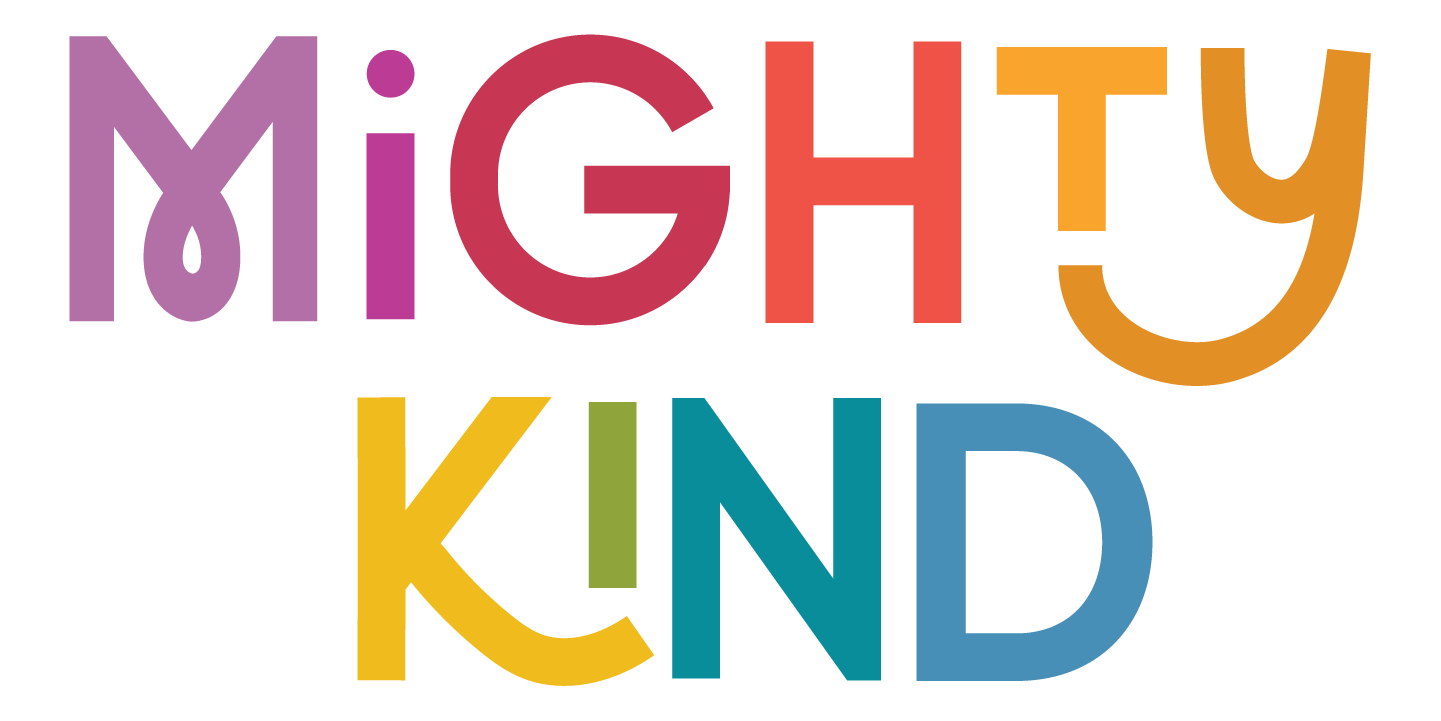Representation Matters: Books are Windows and Mirrors to the Diversity in the World Around Us
These posts may contain affiliate links, which means I may earn a small commission if you click my link but does not change your price.
See the affiliate policy here.
By Megan Hartley
This article was originally published in the Grown-Up Section of Mighty Kind Issue 4: Storytelling in 2021.
You can typically find me curled up in my home library with a good book. I’ve loved to read for as long as I can remember. My dad loved to read. His dad loved to read, and now my son and I both love to read as well. I grew up in a house full of books. My mother, ever-supportive of our reading habits, ordered all of the popular classics for our home. This was great, but something big was missing. In all of those stories, I don’t recall a single book that included a main character who looked like me.
I am noticing my son having the same issues I had as a kid. There aren’t many books that showcase biracial children with a Black mom and a white dad. The great Toni Morrison once said, “If there's a book that you want to read, but it hasn't been written yet, then you must write it.” I did just that, and I am proud to say that I finished my first children’s book manuscript last month. I did it because I want my son, my students, and children everywhere, to have a different experience than I did with books growing up. Children need books that both mirror their own experience and that serve as windows to view the diversity of the world around them.
"Children need books that mirror their own experiences as well as books that serve as windows, allowing them to view the reality of the world around them."
When I was a child, I mistakenly thought Arthur the Aardvark was a Black person. Today, we have more opportunities to expand and diversify our bookshelves. A friend of mine recently shared on social media the excitement her son felt during an at-home read-aloud when he noticed that the main character was “brown like him.” Children need characters they can really relate to. When they do, it allows them to see themselves, and others like them, in a positive light. It can help build self-esteem and encourage hesitant readers to connect with and finish a book they’ve started.
Just as it is important for the Black child to see himself in Hair Love, the anxious child to see herself in The Whatifs, or the Asian child to see herself in Amy Wu and the Perfect Bao, it is also important for children to see the diversity around them in the books they are exposed to. That diversity goes beyond race and simply means “a variety.” We are all uniquely made, and our differences should be acknowledged and celebrated, whether those differences are ethnicity, gender, sexual orientation, socio economic status, age, physical ability, religious beliefs, political beliefs, or anything else. Books offer windows into the reality of the diverse world all around us.
When using books as windows, we are looking into someone else’s reality. That’s why it is important to make sure these books are “own voices” texts, a term that means the book’s author is writing in an authentic way about their own experience from their own perspective—a book about Asian culture written by an Asian author, a book with a disabled protagonist written by a disabled author, a book about Rosh Hashanah written by a Jewish author, for example. I am Not a Label, Merci Suarez Changes Gears, and Thank You, Omu are great examples of own voices texts.
Some books can serve as mirrors and windows simultaneously, building a foundation for finding common ground with people who are different from us. For example, the book Jabari Tries can serve as a window for the non-Black child reading it, but it could also be working as a mirror if that same child experiences anxiety just as Jabari does.
Author and educator Kwame Alexander once asked, “Are the books on your shelves reflective of the world you claim you want?” If your child only sees himself or herself on the bookshelves at home or school—or never does—it is time to make some changes.
Buying diverse books is the easy part. Reading them with your kids is also easy. Taking the next step and talking about those books is crucial if you want to make a lasting impact. Picture books are the perfect gateway for important conversations about diversity. Kids are naturally inquisitive. They do see color.
They do notice when someone is different from them, and that is okay. Including diverse books in your library allows children to see people who are different from them in a positive light and enables you and your child to have conversations about those differences. If you’re not sure where to start, start with a book. Follow your child’s lead, and answer every question honestly.
I was the kid who grew up not seeing herself in books. Arthur the Aardvark was my Black person. My experience does not have to be the experience for children today. Buy the book that serves as a mirror, window, or both simultaneously. Read those books together, and use them to celebrate our differences.
Megan Hartley, a self-proclaimed literary fanatic, is a wife, mom, and reading teacher living in South Carolina. She also runs the blog IHaveABook4That.com where she advocates for diverse books in schools.
Check out the full Storytelling Issue for more articles, activities, and education.

